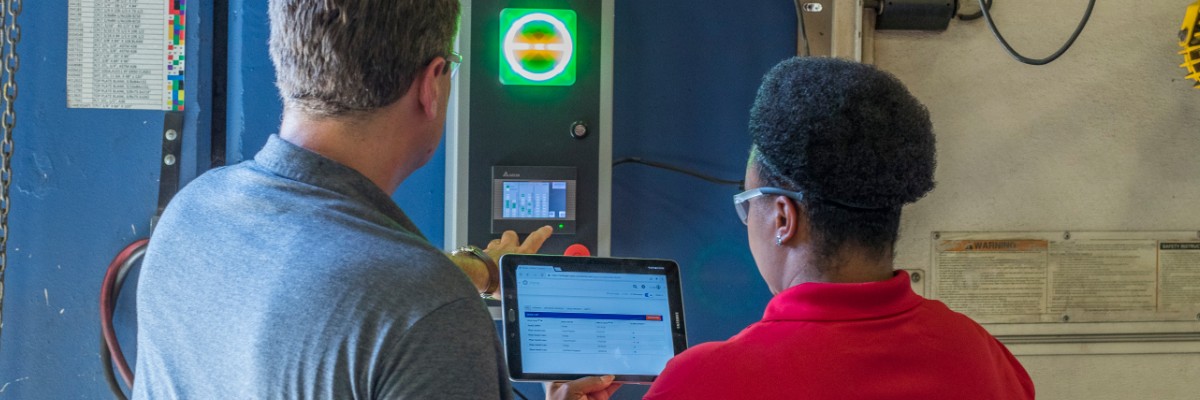How well are you managing and operating your docks? Is your equipment being operated the way it was intended? Or are you constantly placing broken docks into override instead of making sure they’re fully repaired and functioning properly?
Although it’s somewhat hard to believe, many larger facilities with a high number of dock positions are unaware of their current status. Someone on a golf cart with a manual spreadsheet or clipboard full of paperwork is literally trying to keep track of which docks are empty and which ones aren’t.
Visibility is paramount
Today, visibility into how your dock equipment is performing is more important than ever. However, many dock operations simply have no clue what’s going on at their docks aside from just knowing that trucks are being loaded and unloaded.
Dock visibility in and of itself is critical for dock management personnel in several ways. It not only drives the improved use of equipment, it leads to a much safer and more efficient dock operation. Visibility also helps drive management to better maintain equipment — including restraints that are exposed to harsh outdoor elements, sensors and much more — that will ultimately reduce the number of overrides.
Obtaining a firm understanding about how your dock is operating will also help you gauge how long a truck sits at your dock unrestrained or restrained just waiting for something to happen versus how long it’s there during the actual loading or unloading process.
The ability to measure that captured data is vitally important as well. A recent article in the Wall Street Journal reported that in 2018, drivers reported more frequent pickup and delivery delays compared with 2014 (source: American Transportation Research Institute). That negatively impacts the amount of money trucking companies and drivers earn and can raise costs to consumers.
The article also states that “a 15-minute increase in average dwell time raises the expected crash rate for a truck by 6.2%, according to a 2018 report by the U.S. Transportation Department’s Office of Inspector General.” So, safety and excess detention time go hand-in-hand.
Using the right cloud-based technology to effectively and consistently measure how long it takes to start loading a trailer and how long it takes to leave a facility can have a positive impact on that 15 minutes.
Monitoring dock utilization
As intelligence is gathered, that same technology can also generate highly-useful daily reports with historical data and KPIs for warehouse management and dock supervisors. These include regularly scheduled or ad hoc reports to provide a snapshot of what’s going on in general at a dock over time. An isolated incident is one thing, but multiple occurrences over several weeks or more will require more serious analysis.
Another important reporting capability is monitoring overall dock utilization over time. This is especially useful for larger companies that operate multiple facilities. If a company decides to build a new facility, they can see how much they’re currently using their docks versus how many goods they’re moving. That will provide the right perspective on how many dock positions and equipment they’ll need at their new facility.
Yes, alarms sound to tell you something’s actually wrong
Setting alarm monitoring for dock maintenance supervisors that can’t be overridden is another important tool to consider as part of the dock’s overall command structure and visibility.
Dock personnel in non-supervisory roles will often just place equipment in override when a local alarm sounds and never tell the maintenance supervisor. That can even go on for months at companies if not properly addressed.
Added alarm visibility for maintenance personnel will alert them when, for example,14 alarms sounded in the last 10 days. That’s reason enough to investigate what’s causing the problem because if the alarm keeps sounding, it’s trying to tell you something. The right technology will help you alleviate such problems or even prevent them from occurring in the first place.
As you evaluate the status of your warehouse or distribution center, both inside and out, consider how Serco dock control and management systems can help improve and enhance the function of your entire dock operation.

